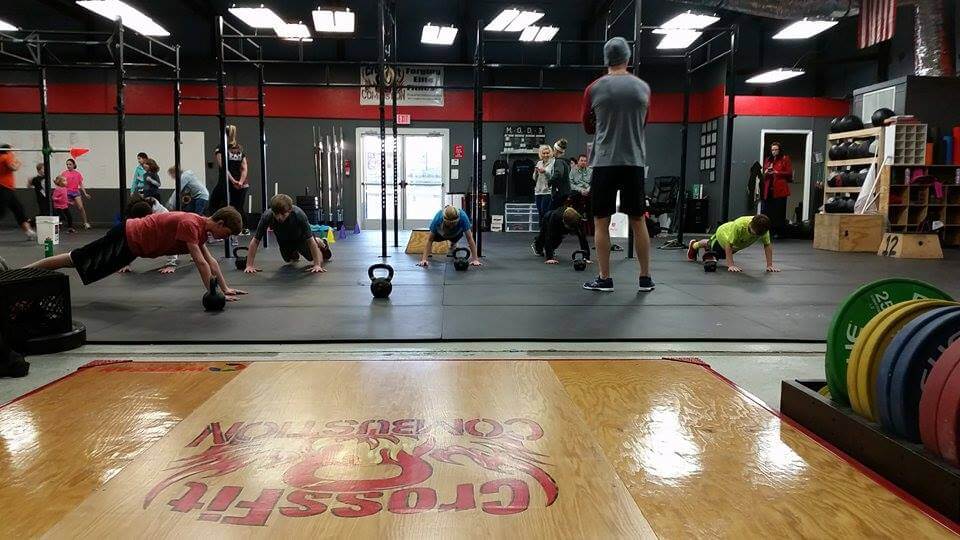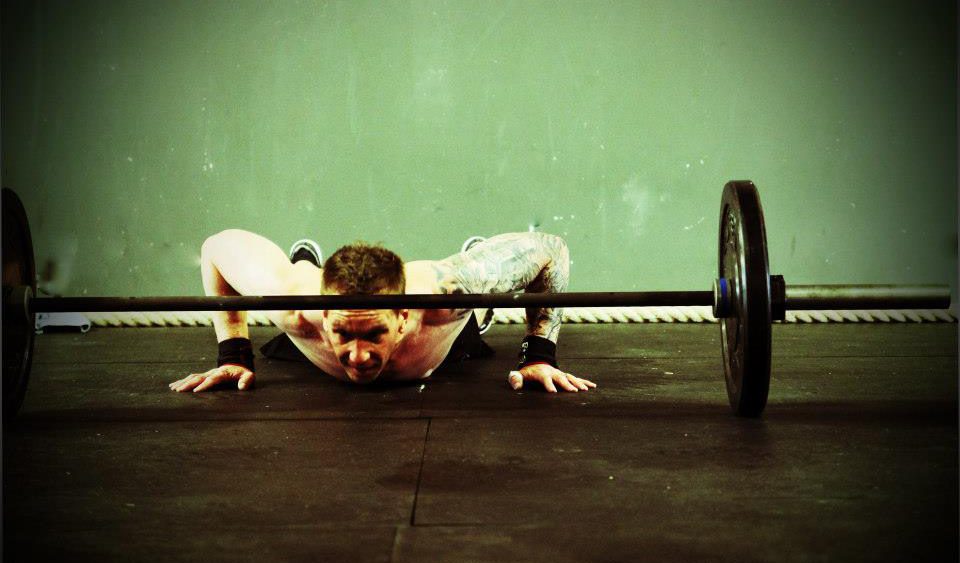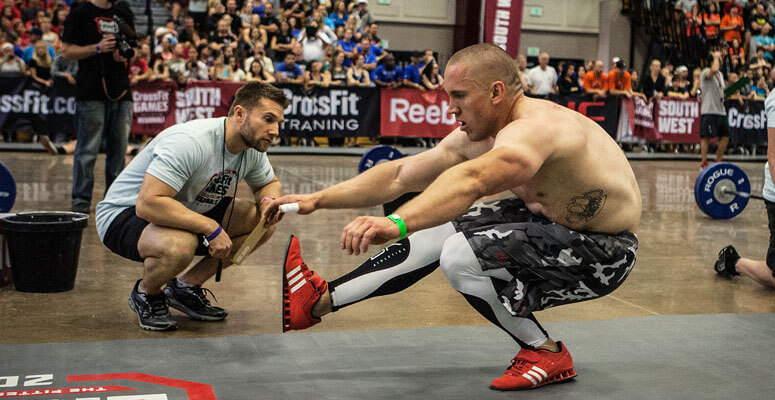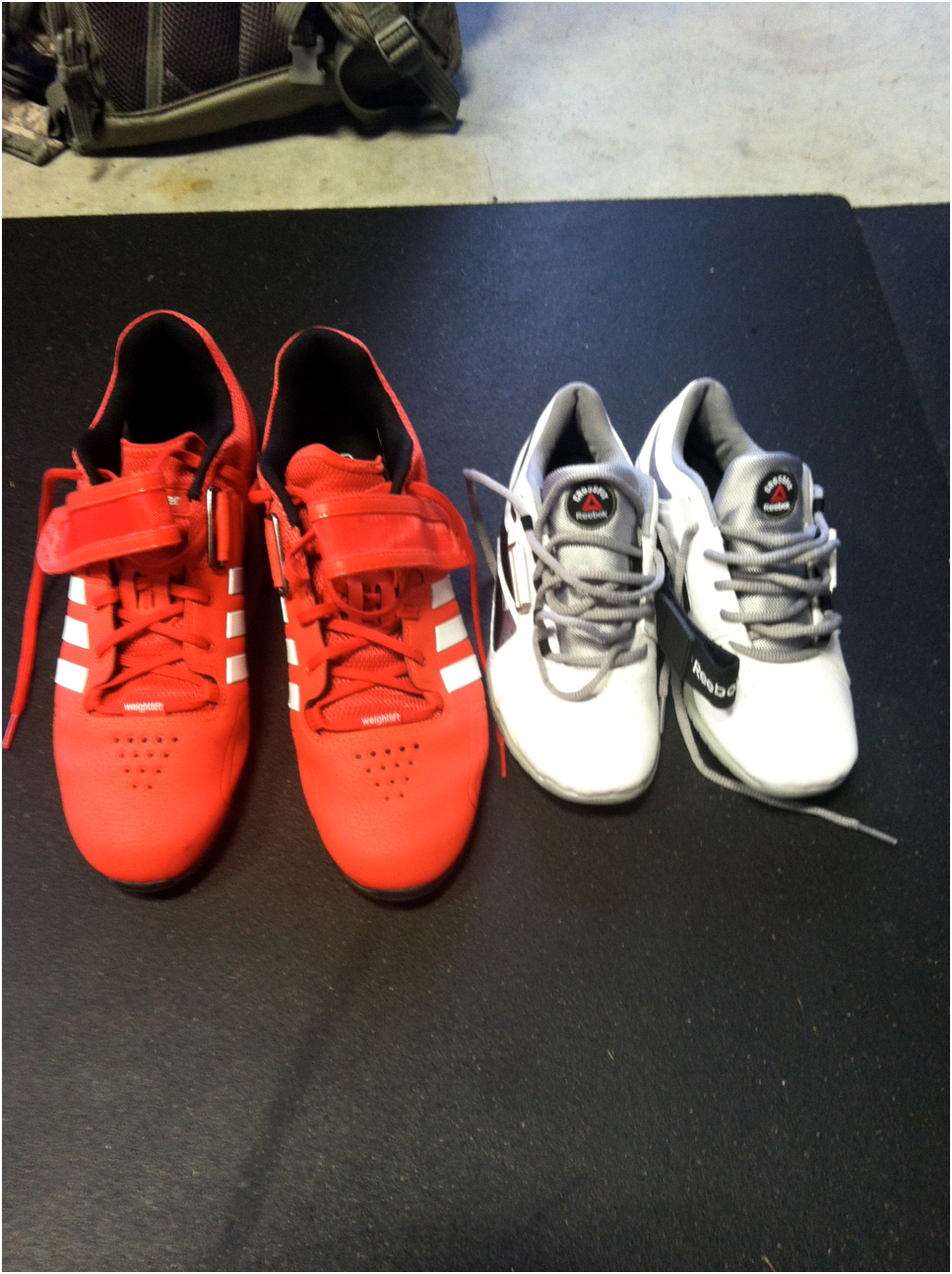
Simple Strength and Conditioning
I thought that it might be productive to do a short blog about Strength and Conditioning as it relates to Brazilian Jiu Jitsu. I’ve seen other articles similar to this but, perhaps I can have a little different take. My perspective comes as a Strength and Conditioning coach turned BJJ athlete. I want to take the approach that you might want to improve as an ATHLETE by doing some work outside of the Academy. Here is my thinking on this: any athletic endeavor or sport, that you participate in, will be improved IF you make yourself a better athlete overall. This is what we refer to as General Physical Preparedness (GPP). Having said that, I constantly hear Coach Rachel in my head saying “To get better at Jiu Jitsu, do more Jiu Jitsu”. I’m talking about ENHANCING your BJJ game by improving as an athlete. This approach is why in nearly every sport, athletes train outside of their sport specific training. Now, I will be the first person to tell you that we all have different needs to improve as athletes. To illustrate this, let’s compare two real life BJJ athletes. We will take a very simple approach here. Athlete 1: 5’8″, 155 lbs, low body fat percentage, very quick, explosive, fast, flexible Athlete 2: 6′, 240 lbs, higher body fat percentage, slow, not flexible, strong It’s obvious that the two athletes have very different areas to improve upon to get better overall. One should focus on getting stronger. The other should focus on shedding body fat by doing anaerobic training. Essentially, we want to identify an athlete’s weaknesses and train those weaknesses up. By proxy, increasing that athletes overall fitness. It’s really pretty simple when you think about it. But, what movements, lifts and exercises do we use? Again, I want to take a VERY simple approach. Let’s assume a very general scenario is of a BJJ athlete that trains Jiu Jitsu 3-5 times per week and has a full time career. I think that scenario fits a good number of our folks at TBJJA. If that athlete tells me that he or she can train toward general fitness an additional 3 hours per week. I think 3 hours is realistic and attainable for this individual. Again, this is a very simple approach. If an athlete wants to be a World Champion, she is single and doesn’t have a full time job, much more training is definitely called for. Having said all of that, I want to give you a short, simple list of movements and lifts that will absolutely improve you as an athlete. This is not an all encompassing list. This list will build a foundation from which you can build. Again, as I stated earlier, we all have different needs but, these movements are FOUNDATIONAL movements that everyone should start with. 1. Squat- specifically, the Back Squat. The undisputed king of strength building. Squatting is highly functional (meaning, it applies to the real world). One wives…





